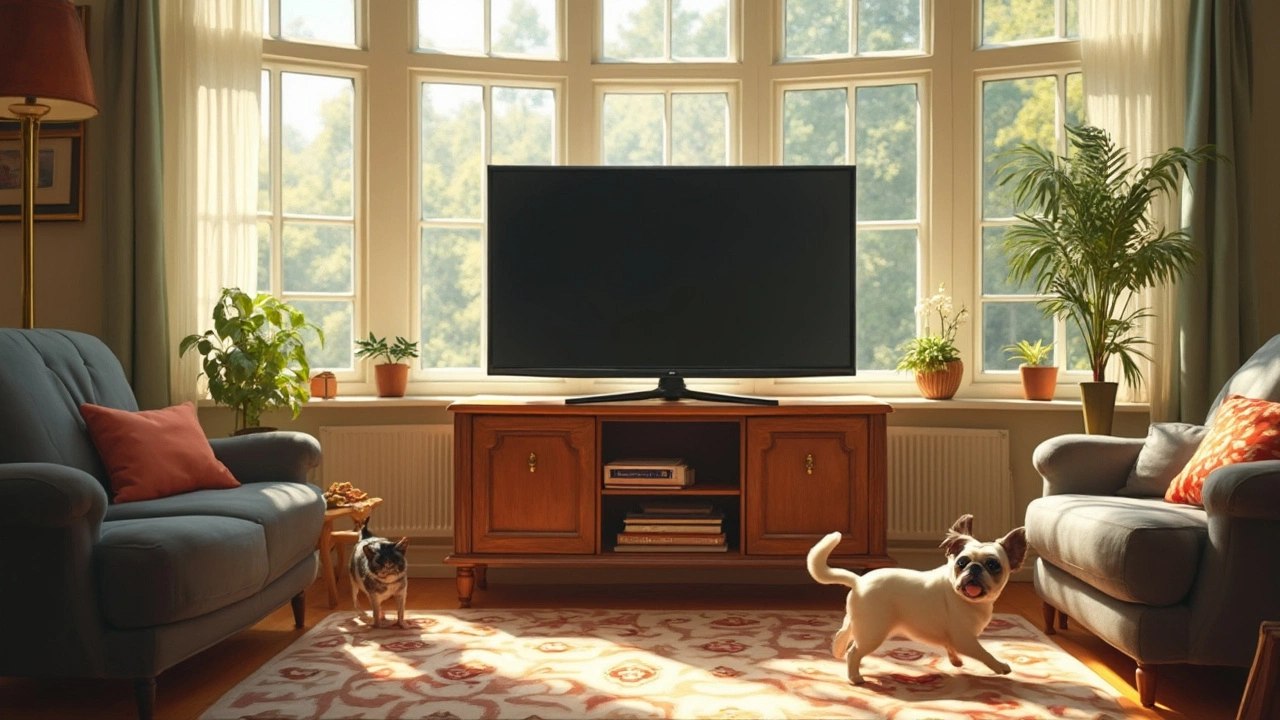TV Support: Pick a Stand, Mount, or Placement That Works for You
Got a new flat‑screen and wondering where it should go? The right TV support makes watching comfy, keeps the screen safe, and blends with your room. Below are the basics you need to know before you buy.
How to Pick the Perfect TV Stand
First, measure your TV. The stand’s width should be a little wider than the screen so it doesn’t wobble. Most stands list a recommended TV size – stick to that range.
Think about storage. Many stands have shelves or drawers for game consoles, soundbars, and cables. If you love a clean look, choose a stand with a hidden compartment; if you need easy access, go for an open shelf.
Material matters. Solid wood looks warm but can be heavy; metal is light and modern, but may scratch flooring. Pick a finish that matches your other furniture – a dark oak stand pairs well with a rustic sofa, while a sleek black metal fits a contemporary vibe.
Don’t forget height. The ideal eye level is when you’re seated and the screen’s center is about 42‑inches from the floor. Measure your couch height and compare it to the stand’s top surface. A small adjustment (adding a low rug or a riser) can get it just right.
Wall Mounts: When and How to Use Them
If floor space is tight, a wall mount is a smart move. There are three main types: fixed, tilting, and full‑motion. Fixed mounts keep the TV flush to the wall – great for a dedicated media room. Tilting mounts let you angle the screen down a few degrees, which helps if the TV sits higher than your seating. Full‑motion arms swing, tilt, and extend, perfect for a shared space where you might need to watch from different spots.
Installation basics: find wall studs, use a stud finder, and secure the mount with heavy‑duty screws. If you can’t locate studs, a toggle bolt can hold a small TV, but it’s best to stick with studs for anything over 40 inches.
Safety first – double‑check that the mount’s weight rating exceeds your TV’s weight. Tighten all bolts after hanging the screen, and use a level to avoid a crooked view.
Cable management is often overlooked. Run cords behind the wall or use a simple race‑way to keep everything tidy. A clean setup not only looks better but also reduces tripping hazards.
Whether you choose a stand or mount, the key is balance: make sure the TV is stable, at the right height, and fits the room’s style. With these tips, you’ll set up a viewing space that’s safe, functional, and looks great without breaking the bank.
How Can I Support My TV Without a Stand? Smart Alternatives That Actually Work
Worried about what to do with your TV after losing the stand? You’ve got more options than you might think. This article covers practical ways to support your TV without its original stand, using solutions from wall mounting to household hacks. Learn how to keep your screen safe, steady, and stylish — even if your pets love to zoom around the living room. No need for fancy tools or special skills; real tips for real homes.
More
